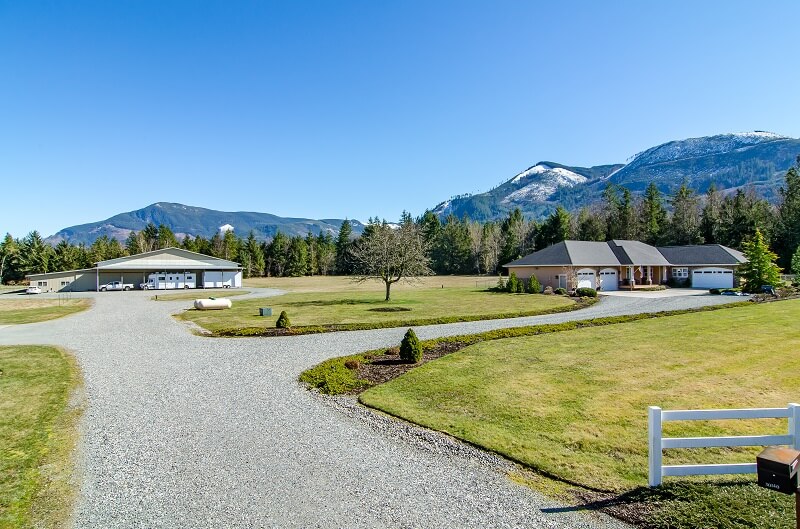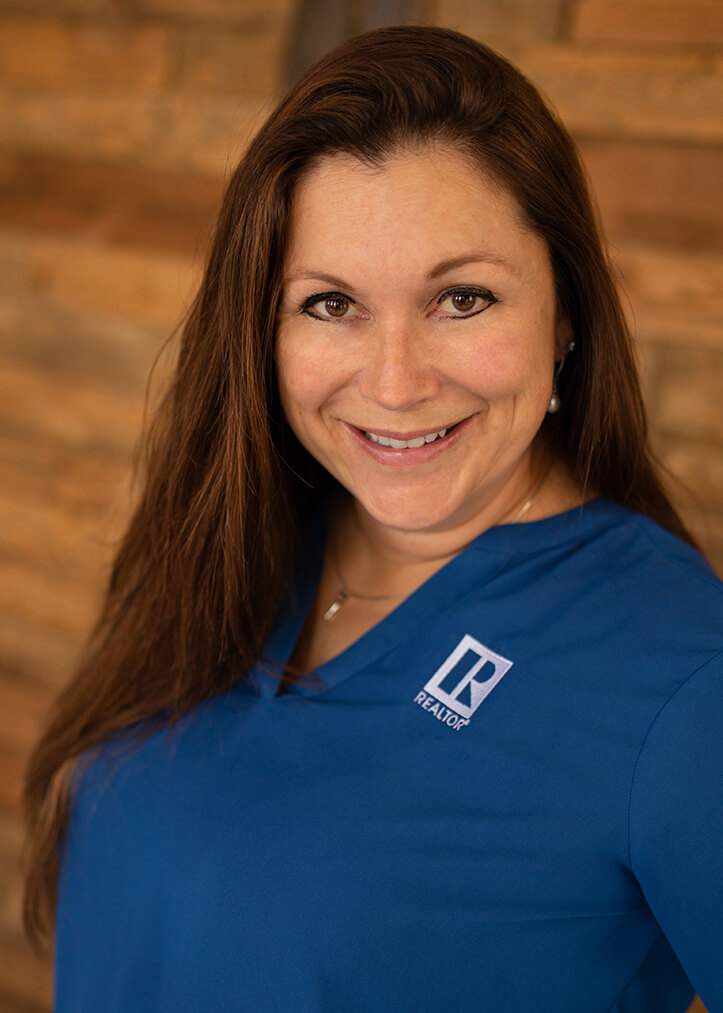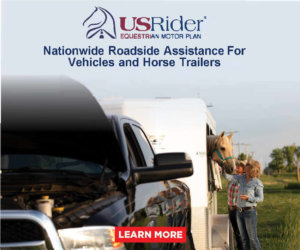What to Expect Each Step of the Way
By Allison Trimble

The decision to sell a horse property is often made in the long winter months. With the emerging spring, homeowners often find themselves motivated to sell. It’s important to be prepared for what the process entails. Here is an outline of what to expect during each step of selling a horse property.
Find a Realtor
It’s important to use a Realtor who is connected and well-versed in the equine industry and land use. Unlike other property types, additional advertising in equine-specific publications, social media, and websites can make all the difference in the sale. A Realtor who knows what makes a particular property desirable to an equestrian will do a better job of presenting the property to a potential buyer by highlighting the right features. The right Realtor will also be knowledgeable about potential land-use issues, avoiding pitfalls in the transaction.
Buyers in today’s real estate market almost always encounter a property first online. I cannot emphasize enough the importance of quality pictures and thoughtful drone photos and video. Help your professional photographers by having the property prepped and ready. Nothing troubles me more than a professional photo of a gorgeous indoor arena that no one bothered to drag.
Is this a sale and purchase of another property? The plan can change depending on what the next life step is for the seller. Communication about needs is crucial from the start, and any change in needs should be communicated to the Realtor.
What is an estimate for net proceeds? In Whatcom County, Washington, the seller’s customary expenses include commissions (6% is standard), excise tax (transfer tax of 1.78%), title insurance and one half of escrow fees totaling approximately 8.5%. To figure out net proceeds multiply the sales price by .915 and then subtract any mortgage owed on the property.
Listing Agreement
The listing agreement outlines the listing and commission terms along with important information that is binding between the listing brokerage and seller. Read the agreement carefully and ask questions if any part of the document is unclear.
Open Space Classification
Many acreage properties are in an open space tax classification that provides tax breaks based on continued enrollment in a program that promotes either agriculture or forestry. There are standards for meeting the requirements of the program that must be accounted for at the time of sale.
The continuation or removal of the property from this type of program must be indicated in the contract. Often the removal requires one party to pay a tax liability of the previous 7 years adjusted taxes. That can be a hefty sum in some cases, and the shift in taxation affects the buyer’s monthly payment.
Preparing the Property for Sale
In a perfect world every property would be in pristine condition, inside and out. In the real world, it doesn’t always work that way.
Curb appeal is powerful. The first impression of the property when a buyer arrives makes a lasting impact. Have a frank conversation with the listing broker and determine which things to focus on then prioritize tasks.
Equestrian properties accumulate stuff over the years. Everything will have to be removed prior to a sale, so it’s best to do as much of that as possible prior to going on the market. Potential buyers prefer to picture their horses and belongings in the barn rather than the seller’s horse show ribbons.
What’s Included in a Sale
Unless otherwise specified, the sale only includes the real property. This means the property, home, outbuildings that are permanent, and permanent fixtures. In acreage properties, this can be more convoluted than a strictly residential sale. For example, water buckets are personal property, but an automatic waterer fixed to the wall of a barn is real property. What about stall mats?
The seller must outline anything not included in the listing that a buyer may assume is part of the real property. Arguing the point right before the closing of the sale isn’t good for anyone. I also encourage sellers that if they have a tractor or lawnmower they don’t want included in the sale, remove it prior to listing. There is something about those two pieces of equipment that buyers can’t resist writing into a contract.
Determining Listing Price
This is probably the toughest part of the process. Prices aren’t determined by what the seller needs to net, though knowing the desired outcome can be helpful. Prices are set by what a buyer on the open market is willing to pay for a given property. That price is most likely predicted by recent sales of similar properties.
The trouble is, few acreage and equestrian properties are created equal. I work with my sellers to set an initial price that is supported by market data. Then we discuss ahead of time what price reductions might look like and when they will occur.
On the Market
Once the property is listed on the MLS (Multiple Listing Service), buyer’s brokers are able to begin scheduling showings. I schedule an open house for the first weekend the property is listed, and then only after price reductions or changes in status.
It’s not advisable for the seller to be present for showings. I always suggest leaving 15 minutes in advance, and assume the showing will take up to an hour. It is important to have the home clean and ready for showing, but I also encourage sellers to allow showings even if they feel the property isn’t quite ready. The right buyer for a property will be able to see past a few dishes in the sink, especially when it’s a horse property.
It’s hard to anticipate length of time a property will be on the market prior to receiving an offer. Unique properties and acreage listings don’t run on the same timeline as houses in a subdivision, but it does hold true that it is a function of price, condition, and location.
If a property isn’t moving in a healthy market, the most likely reason is price. Location can’t be changed, and condition usually requires capital expenditure that is easiest addressed with lowering the asking price.
Next month we’ll look at what to expect from the time your receive an offer to the time the deal closes!

Allison Trimble is a Realtor® specializing in equestrian properties, farm and ranch properties, and residential real estate. She’s a former horse trainer, and a current owner, breeder, and non-pro competitor in cow horse and reining events. For many years, Allison wrote a monthly column for The Northwest Horse Source.
Learn more at www.allisonblakerealestate.com





